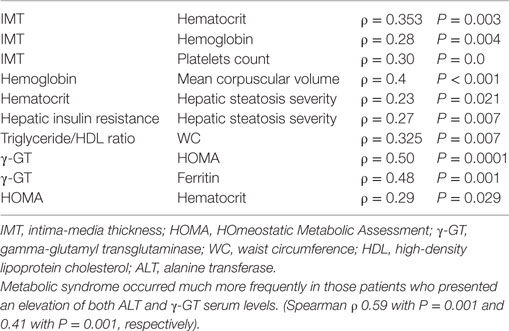

There are added costs for storage and processing, as well as hospital and equipment fees. But the risks are higher if you get more blood.Ī unit of blood usually costs about $200 to $300. These problems can happen with any transfusion. Cardiac overload-severe shortness of breath from overloading the heart with fluid.The risks when you get blood are very small. In the U.S., the blood is generally very safe (see Advice column). Using more blood units may increase risks. Some patients in intensive care may do better when they receive less blood.One unit of blood is usually as good as two, and it may even be safer.Many patients with levels between 7 and 10 g/dL may not need a blood transfusion.Some doctors believe that hospital patients who fall below 10 g/dL should get a blood transfusion. Your doctor should use just enough blood to get to this level. There are a number of reasons you may become anemic while you are in the hospital, including:Ī normal hemoglobin level is 11 to 18 grams per deciliter (g/dL), depending on your age and gender. This is an iron-rich protein that helps bring oxygen to the body. If you have anemia, your blood doesn’t have enough red blood cells, or they don’t work properly. You may only need one unit of blood while you are in the hospital. And usually you don’t need a lot of blood. You may need a lot of blood if you are bleeding heavily because of an injury or illness.īut anemia is usually not urgent.
:max_bytes(150000):strip_icc()/Hematocrit-vs-hemoglobin-5211503_final_rev_02-672f5e85d87644a188b0fb74418736fe.jpg)
These data indicate that hematocrit values above 61% in men or 56% in women and hemoglobin values above 21 g/dL whole blood in men or 19 g/dL whole blood in women are outside the normal range.Getting a blood transfusion in the hospital can save your life. The range of normal values was 45% to 61% for hematocrit and 13 to 21 g/dL for hemoglobin in the men and 41% to 56% for hematocrit and 12 to 19 g/dL for hemoglobin in the women. The corresponding female values were 48.3% and 15.8 g/dL whole blood, respectively. Male hematocrit averaged 52.7% and hemoglobin averaged 17.3 m/dL whole blood. We studied 1,934 healthy, young (aged 15 to 29 yr) male and female residents of Potosí, Bolivia (4000 m), to determine the average and normal range of hemoglobin and hematocrit values, defining normal as within 2 standard deviations of the mean or encompassing 95% of the observed variation.

Defining the range of normal hematocrit and hemoglobin levels in residents of high altitude is required to diagnose chronic mountain sickness (CMS) and other conditions defined, in part, by hematocrit or hemoglobin values.


 0 kommentar(er)
0 kommentar(er)
